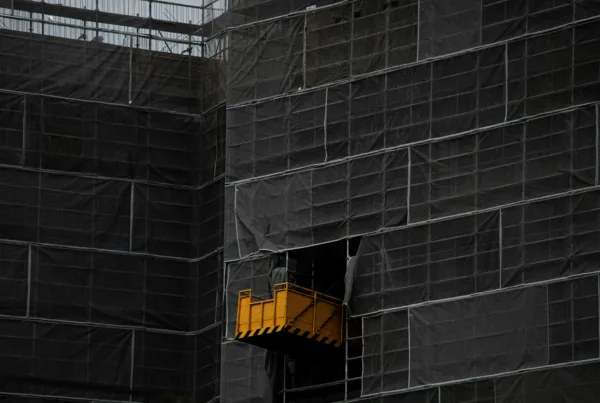Whilst we always state the importance of commercial property owners making a Capital Allowance claim on their property, owners must be aware of the different types of Capital Allowances in order to make a successful claim.
Writing-down Allowance
Expenditure that exceeds the annual amount claimed for the cost of a capital item may be eligible for a writing-down allowance. This type of allowance can be used if you’ve already claimed Annual Investment Allowance on items worth a total of more than the AIA amount and/or if the item doesn’t qualify for AIA, for example cars or items you owned before you used them in your business. Writing-down allowances are available when you deduct a percentage of the value of an item from your profits each year, and in most cases, the value is what you paid for the item. To claim this type of allowance, group the items you’ve bought into ‘pools’ based on the percentage rate they qualify for. When you know the rate for your items, work out how much you can claim and deduct it from your profits before tax on your tax return. The amount left in each pool becomes the starting balance for the next accounting period.
AIA Capital Allowance
From April 2008, businesses have been able to claim back a specific amount each year for the purchase of plant and machinery. Each year, claims can be made up to a specified amount, and if possible, you can claim 100% of the cost of plant and machinery if the year that you buy it was a first year allowance. This applies to equipment, machinery and to work vans, but not cars. The maximum amount that can be claimed varies from year to year, but is currently £200,000 from 1 January 2016 for a twelve month period. It is important to note that you can only use your full Annual Investment Allowance in the year that you buy the asset.
Small Pools Allowance
If one of your pools gets down to less than £1,000 (or less before you work out the writing-down allowance) in value after you have used your Annual Investment Allowances for the year, you can claim all of the remaining amount at once as a Small Pools Allowance. You can claim this instead of claiming a writing-down allowance.
First Year Allowance (FYA)
This is fairly similar to the Annual Investment Allowance, as you can claim 100% of the cost of specific assets in the tax year that you buy them. These include:
- New zero-emission goods vehicles
- New plant and machinery for use in designated areas within certain enterprise zones
- Certain new energy-saving and water efficient equipment
- New cars with carbon dioxide emissions of 75gms per km or less
- Specific new vehicle gas refuelling equipment
100% first year allowances enable companies to deduct the entire cost of the purchase from the trading profit in the accounting period during which the purchase was made. However, there are restrictions on claiming FYA, since they cannot be claimed where an asset has been received as a gift, and/or an asset has been used privately prior to being used by the business, or where the asset has been used as a sole prop before incorporating and moving into the new business.
Business Premises Renovation Allowance
This type of allowance was introduced to give an incentive to bring unused properties back into use. BPRA gives an initial allowance of 100% for expenditure on converting or renovating unused business premises in a disadvantaged area. For example, £100,000 spent on refurbishing quality unused premises generates a tax saving of £40,000 in the year of expenditure for a 40% taxpayer. The scheme has been extended to April 2017 and the basic principle is that the property must be within the disadvantaged area, must have been unused for 12 months prior to work starting and must be commercial premises.
Special Rate expenditure
Specific equipment can qualify for this special rate, currently at 8% per year. These types of items would include:
- Parts of a building considered integral, known as ‘integral features’
- Items with a long life
- Thermal insulation of buildings
- Cars with CO2 emissions of more than 130f/km
For more information on the different types of Capital Allowances and to see what type you can claim on, get in touch with one of our specialists.



